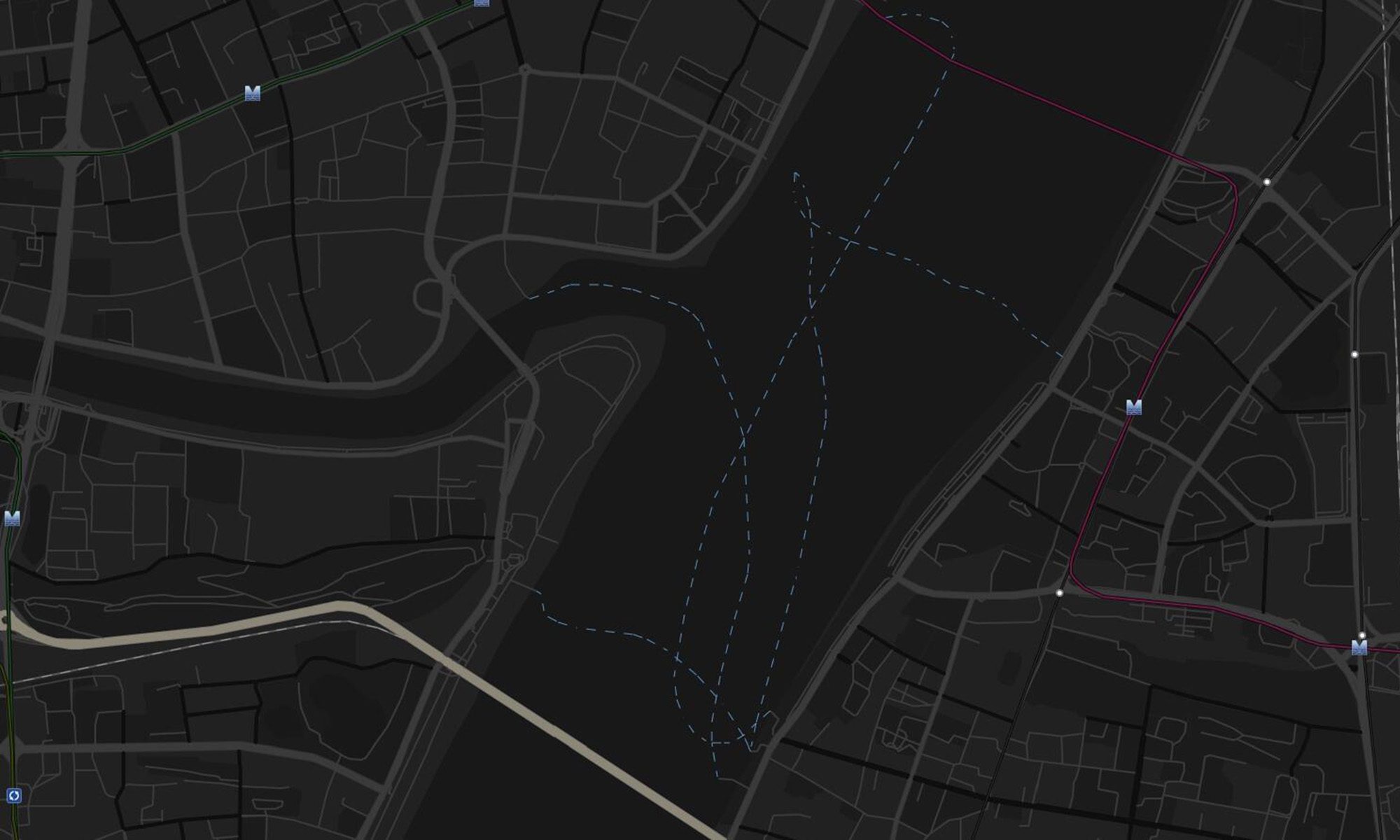Urban public transportation is an indispensable part of urban life and an important topic in today’s urban geography research. Existing studies on public transportation mainly focused on the characteristics of network structure and topology. Centrality is one of the important properties of a public transportation network and is widely examined both in theoretical and empirical studies. Centrality can be effectively calibrated by Multiple Centrality Assessment Model (MCA), which is composed of multiple measures such as closeness, betweenness, and straightness. In recent years, researchers began to focus increasingly more on the study of the relationship between public transportation network and social and economic activities. As the most important financial intermediary in the city, banks and the distribution of their branches are closely related to the efficiency of people’s financial activities.
Thus, we investigate the spatial pattern of public transportation network centrality and its coupling with bank branches in Wuhan City. First, this study builds a dataset consisting of public transportation and bank branches in Wuhan urban development zone of 2015 in ArcGIS. Based on the characteristics of the data, this study improves the Multiple Centrality Assessment Model for better accuracy. It then examines the geography of three centrality indices by improved Multiple Centrality Assessment Model and analyzes the centrality of Wuhan public transportation network and its spatial correlation with bank network layout by using kernel density estimation and bivariate spatial autocorrelation model based on GeoDa.

